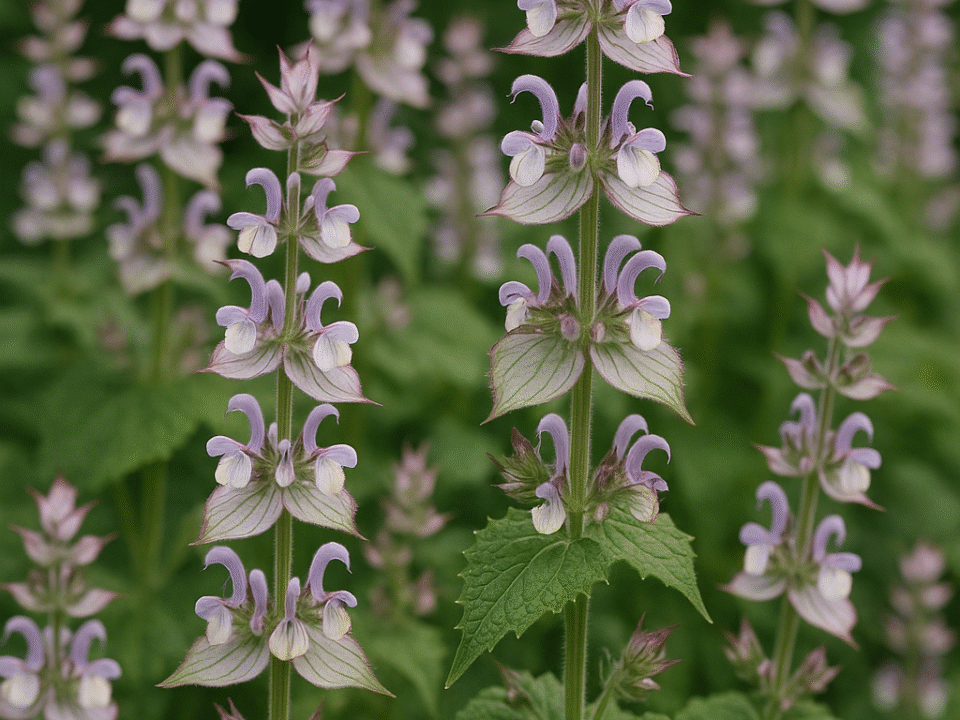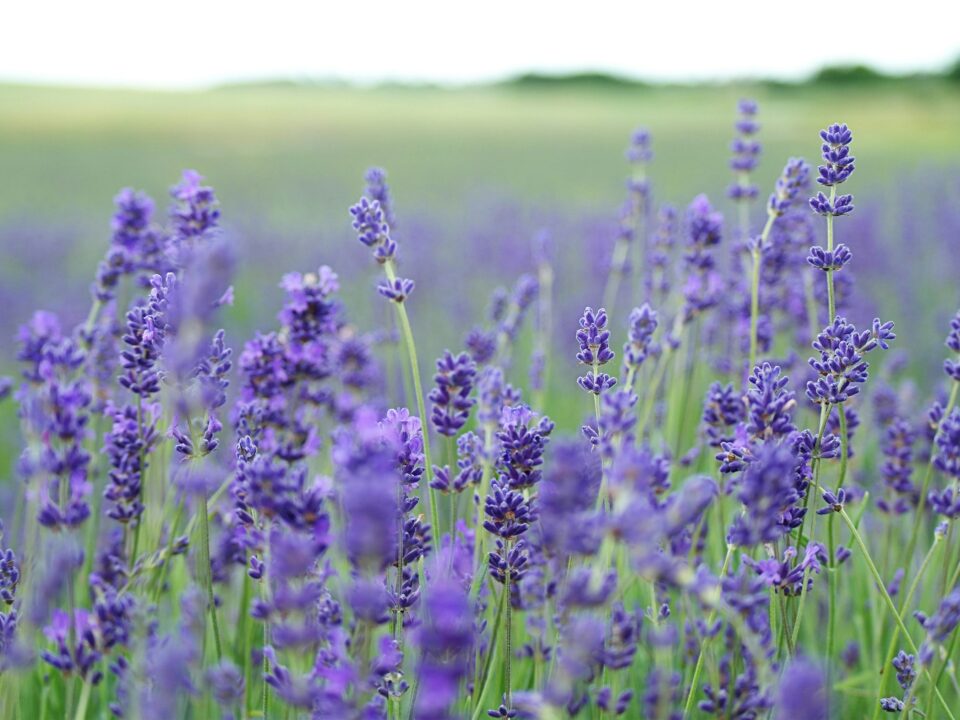
Calendula comprises of approximately 15-20 species of herbaceous plants, both annual and perennial, within the Asteraceae family, often referred to as marigolds. These plants are native to regions including southwestern Asia, western Europe, Macaronesia, and the Mediterranean.
The term “Calendula” stems from modern Latin and is a diminutive of “calendae,” meaning “little calendar” or “little clock.” The widely used common name “marigold” is often linked to the Virgin Mary.
Common herbal and cosmetic products labeled “Calendula” typically originate from C. officinalis and have been in use since the 12th century for medicinal purposes. Its main benefits in present-day skincare include soothing and calming properties.
Calendula oil possesses antifungal, anti-inflammatory, and antibacterial attributes, potentially aiding in the healing of wounds and soothing eczema. The flower’s most potent component is likely faradol, a triterpenoid with significant anti-inflammatory properties comparable to indomethacin, a non-steroidal anti-inflammatory drug.
It is believed that calendula can potentially boost collagen production; however, more research is needed to confirm this statement.
Due to its natural oils, calendula can provide skin hydration, aiding in moisturizing the skin, given its richness in fatty acids.
Calendula can also function as an antioxidant due to its abundant flavonoids, and can shield the skin from harmful free radicals. Consequently, calendula may assist in reducing dullness, fine lines, and wrinkles.
Overall, calendula is well-tolerated by the majority of people and is safe to use on daily basis if they do not have an allergy to the ingredient.



